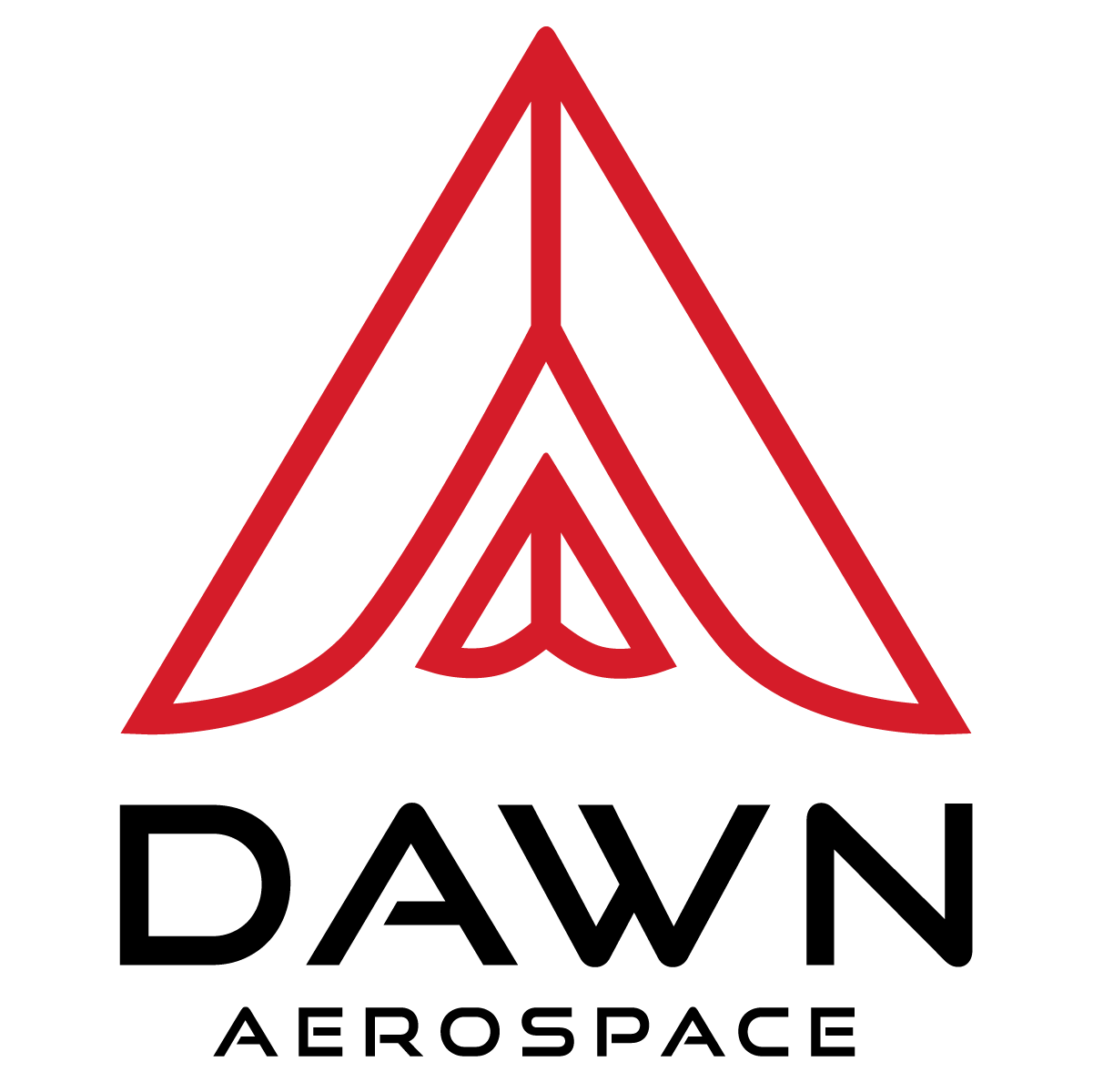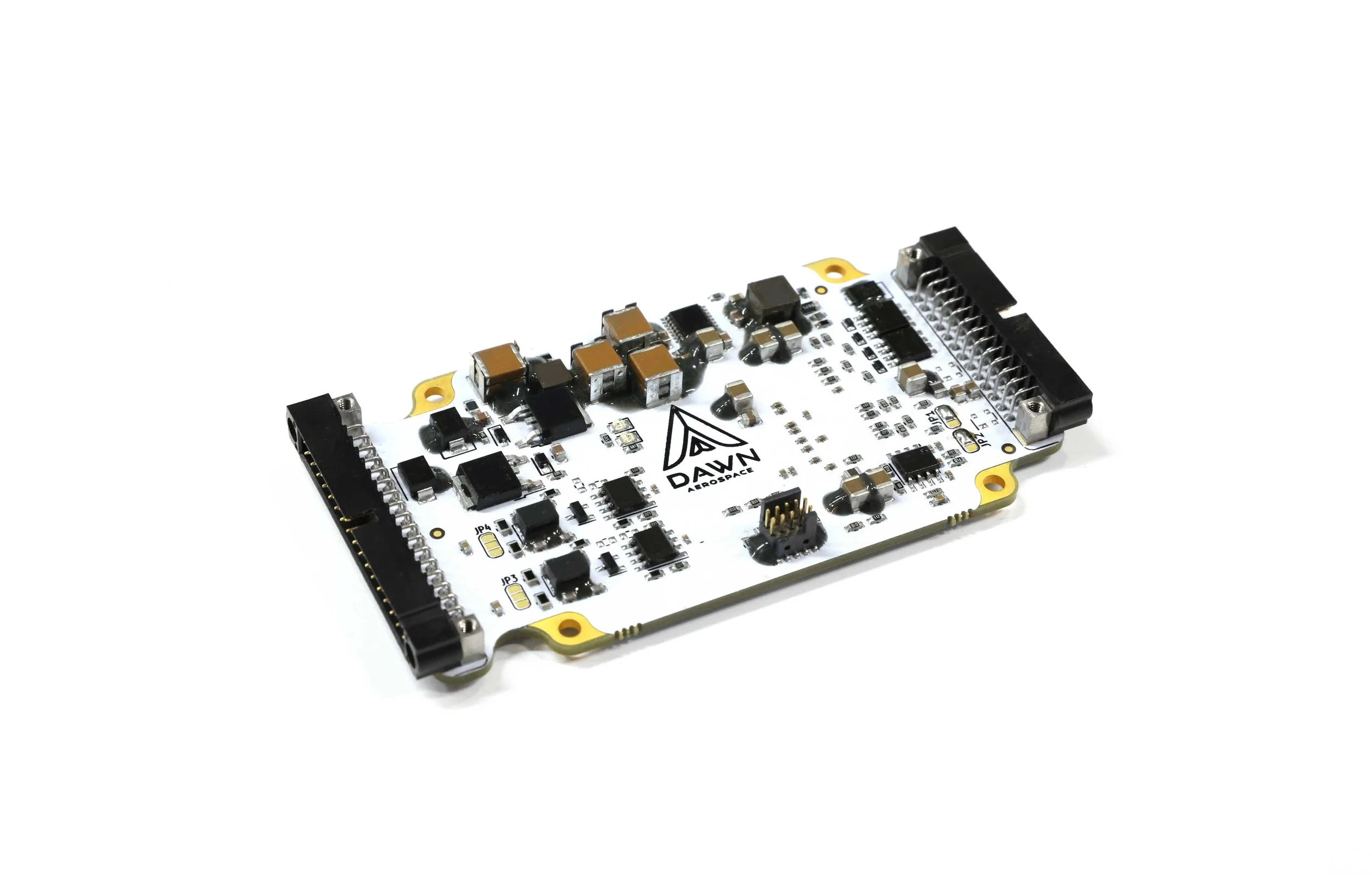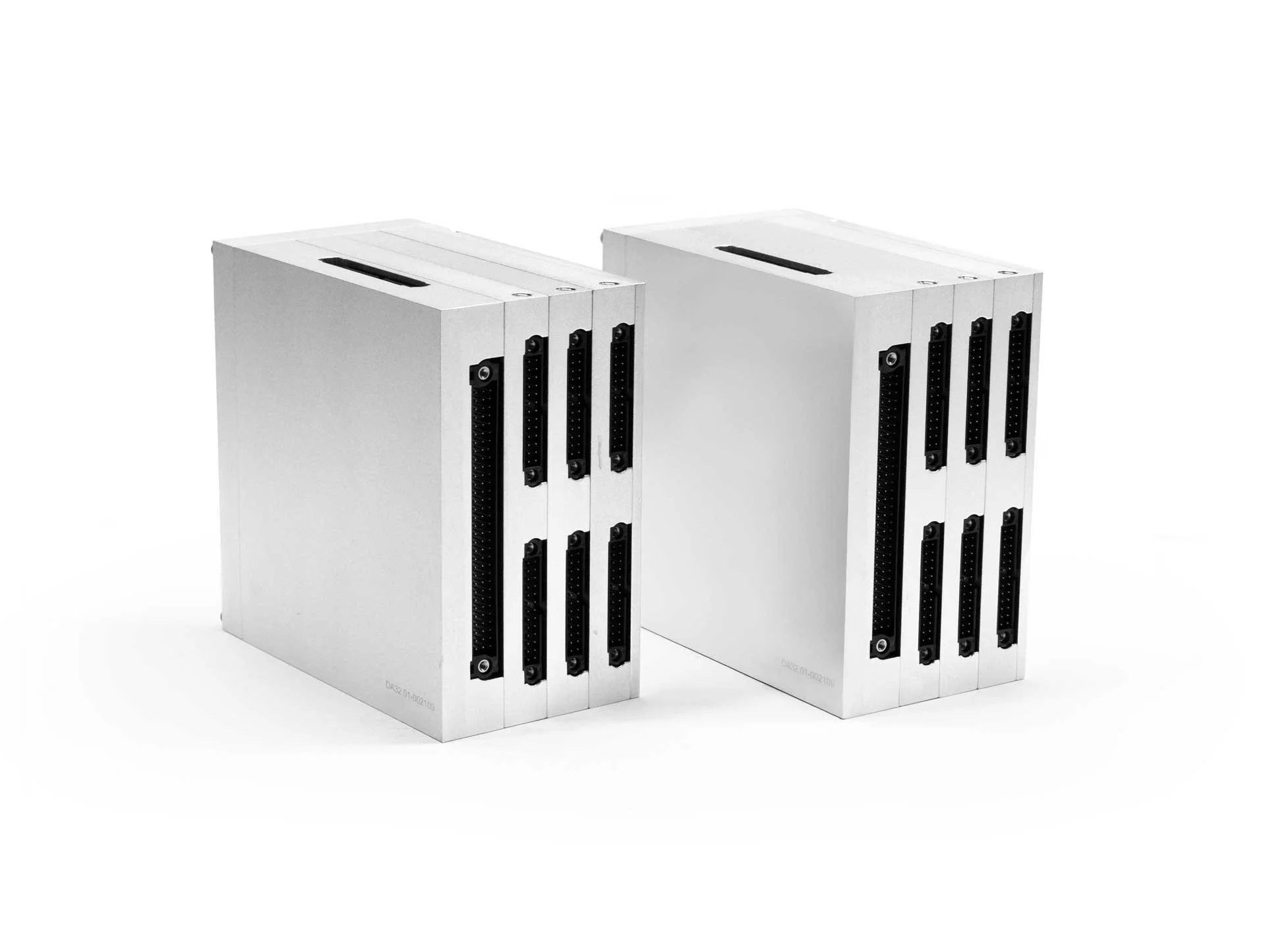Dawn Aerospace Completes Qualification Of Radiation-Tolerant Electronics
Dawn Aerospace’s radiation-tolerant PCB board for SatDrive
Delft, The Netherlands, 31st of July 2025 — Dawn Aerospace has completed the development and qualification of radiation-tolerant electronics for its SatDrive propulsion systems, paving the way for missions beyond Low Earth Orbit (LEO) to Geostationary (GEO) and Cislunar space. This milestone follows a rigorous testing campaign, including radiation test campaigns at leading facilities in the Netherlands and NASA’s Space Radiation Laboratory.
Since Dawn launched the first nitrous oxide (N₂O) propellant satellite in 2021, its propulsion systems have flown aboard over 30 spacecraft. Dawn’s customers are no longer the only operators using N₂O in LEO. Industry leaders like Impulse Space—founded by SpaceX propulsion chief Tom Mueller—are operating a growing fleet of N₂O-propelled spacecraft in LEO.
As demand rises for missions in higher radiation orbits, Dawn has responded with a fully qualified electronics stack optimised for radiation tolerance, resilience, and extended mission life. This advancement is already enabling customers like Blue Canyon Technologies on their Lunar Relay Satellites and Infinite Orbits with their Lifetime Extension Vehicle Endurance. These missions require both six-degree-of-freedom manoeuvrability in challenging radiation environments—capabilities that Dawn now delivers in a turnkey propulsion package, including integrated electronics and flight software.
Dawn Aerospace’s radiation-tolerant Modular electronics stacks — Qualified for missions to GEO and beyond, enabling resilient propulsion control in high-radiation environments.
Dawn Aerospace SatDrive — Now equipped with radiation-qualified electronics for missions in LEO, GEO and Lunar.
By extending SatDrive's proven flexibility into GEO and Lunar orbits, Dawn is enabling a new class of mission architectures:
Space Domain Awareness (SDA)
Proximity Operations & Rendezvous in GEO
Lunar Communications and Logistics
Dynamic Space Operations across a variety of orbits
The first flight units with Dawn’s updated electronics have already been delivered to our customers, with launches to Geostationary and Lunar orbits scheduled for 2026.
About Dawn Aerospace
Dawn Aerospace, founded in 2017, is a leading green propulsion provider to satellites, with its In-Space Propulsion HQ in the Netherlands and further operations spanning France, New Zealand, and the United States. Dawn Aerospace has hardware on 35 satellites on orbit, with customers in more than 10 countries including France, Germany, Netherlands, the USA, Italy, Spain, India, Japan, Canada, Indonesia, and Korea. The fast-growing company offers turnkey propulsion systems for a wide range of satellites, including NanoSat, MicroSat, ESPA, and ESPA Grande-class satellites.
In addition to Dawn’s in-space propulsion, Dawn is developing the fastest and highest-flying aircraft ever to take off from a runway, due to reach altitudes of 100 km (328,000 ft). This spaceplane, Aurora, combines the extreme performance of rocket propulsion with the reusability of conventional airplanes to enable high-frequency, low-cost access to high altitudes and space.



